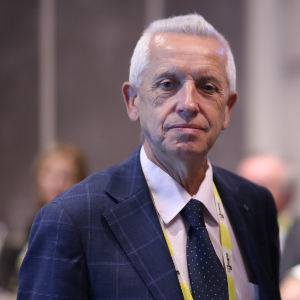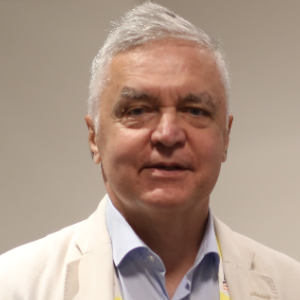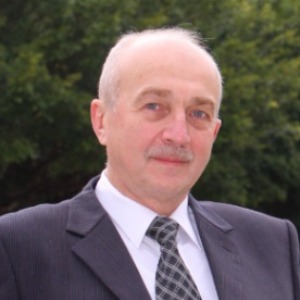Catalytic reactor design engineers are essential to the practical application of catalysis in industrial-scale chemical processes. Their primary focus is on designing reactors that optimize the interaction between catalysts and reactants, ensuring maximum conversion efficiency, product selectivity, and operational stability. These engineers must understand both the physical and chemical aspects of catalytic reactions—such as heat and mass transfer, fluid dynamics, and reaction kinetics—to design systems that support long-term catalyst performance. Whether working with fixed-bed, fluidized-bed, or microreactor configurations, catalytic reactor design engineers tailor each setup to the specific requirements of the process and the properties of the chosen catalyst.
Their work directly impacts industries ranging from petrochemicals and energy to environmental protection and green manufacturing. For example, catalytic reactor design engineers are responsible for improving the performance of systems like automotive catalytic converters, ammonia synthesis loops, and hydrogen production units. They also play a vital role in integrating novel catalysts developed in research labs into scalable, real-world reactor systems. With increasing emphasis on sustainability and energy efficiency, these engineers are now exploring advanced reactor designs such as modular systems, intensified reactors, and reactors compatible with renewable feedstocks. Through their innovation and deep technical knowledge, catalytic reactor design engineers bridge the gap between catalytic science and industrial application, making large-scale chemical production cleaner and more efficient.

Stanislaw Dzwigaj
Sorbonne University, France
Dai Yeun Jeong
Asia Climate Change Education Center, Korea, Republic of
Sergey Suchkov
N.D. Zelinskii Institute for Organic Chemistry of the Russian Academy of Sciences, Russian Federation
Enrico Paris
CREA-IT & DIAEE, Italy
Rabeharitsara Andry Tahina
GPCI-ESPA Antananarivo University, Madagascar
Jiri Dedecek
J Heyrovsky Institute of Physical Chemistry , Czech Republic
Uday Som
Research and Development Engineer, Japan
Vladimir G Chigrinov
Hong Kong University of Science and Technology, Russian Federation



Title : Distant binuclear vanadium V(II) cationic sites in zeolites and their reactivity
Jiri Dedecek, J Heyrovsky Institute of Physical Chemistry , Czech Republic
Title : Advanced nanostructures for carbon neutrality and sustainable H₂ energy
Tokeer Ahmad, Jamia Millia Islamia, India
Title : Personalized and Precision Medicine (PPM) as a unique healthcare model via bi-odesign, bio- and chemical engineering, translational applications, and upgraded business modeling to secure the human healthcare and biosafety
Sergey Suchkov, N.D. Zelinskii Institute for Organic Chemistry of the Russian Academy of Sciences, Russian Federation
Title : Antibody-proteases as a generation of unique biomarkers, biocatalysts, potential targets and translational tools towards nanodesign-driven biochemical engineering and precision medical practice
Sergey Suchkov, N.D. Zelinskii Institute for Organic Chemistry of the Russian Academy of Sciences, Russian Federation
Title : Dimethyl ether synthesis from syngas over Cu-Zn/Al2O3 catalysts prepared using the Sol-Gel method
Uday Som, Research and Development Engineer, Japan
Title : Influence of various catalysts on H₂ enhancement and CO2 capture during syngas upgrading
Enrico Paris, CREA-IT & DIAEE, Italy
Title : Photoaligned azodye nanolayers : New nanotechnology for liquid crystal devices
Vladimir G Chigrinov, Hong Kong University of Science and Technology, Russian Federation
Title : Application of vanadium, tantalum and chromium single-site zeolite catalysts in catalysis
Stanislaw Dzwigaj, Sorbonne University, France
Title : Advances in heterogeneous catalysis for green conversion of propene to aldehydes and alcohols
Ram Sambhar Shukla, CSIR-Central Salt and Marine Chemicals Research Institute (CSMCRI), India
Title : Oxidation of methane to methanol over pairs of transition metal ions stabilized in the zeolite matrices
Jiri Dedecek, J Heyrovsky Institute of Physical Chemistry , Czech Republic